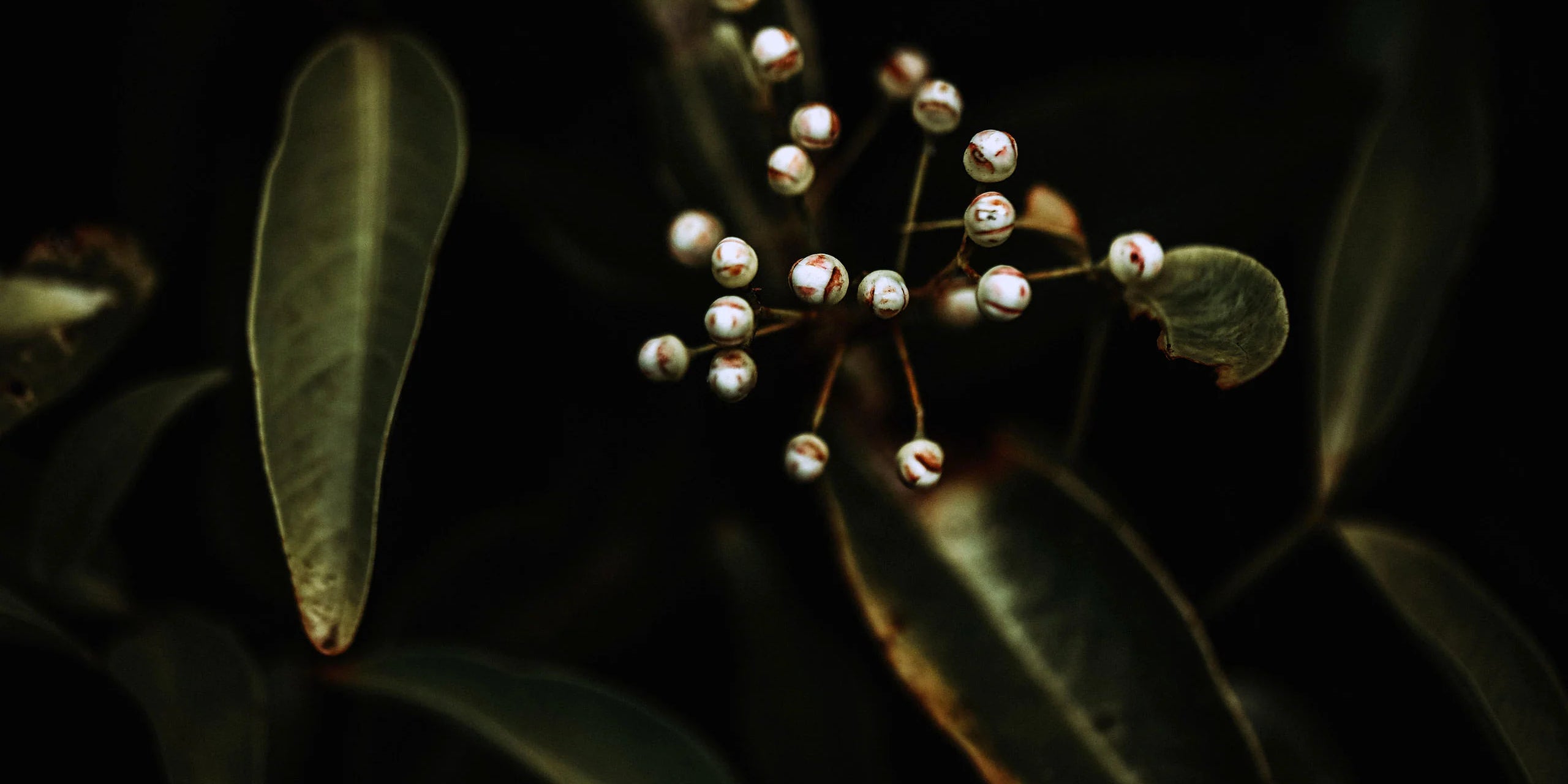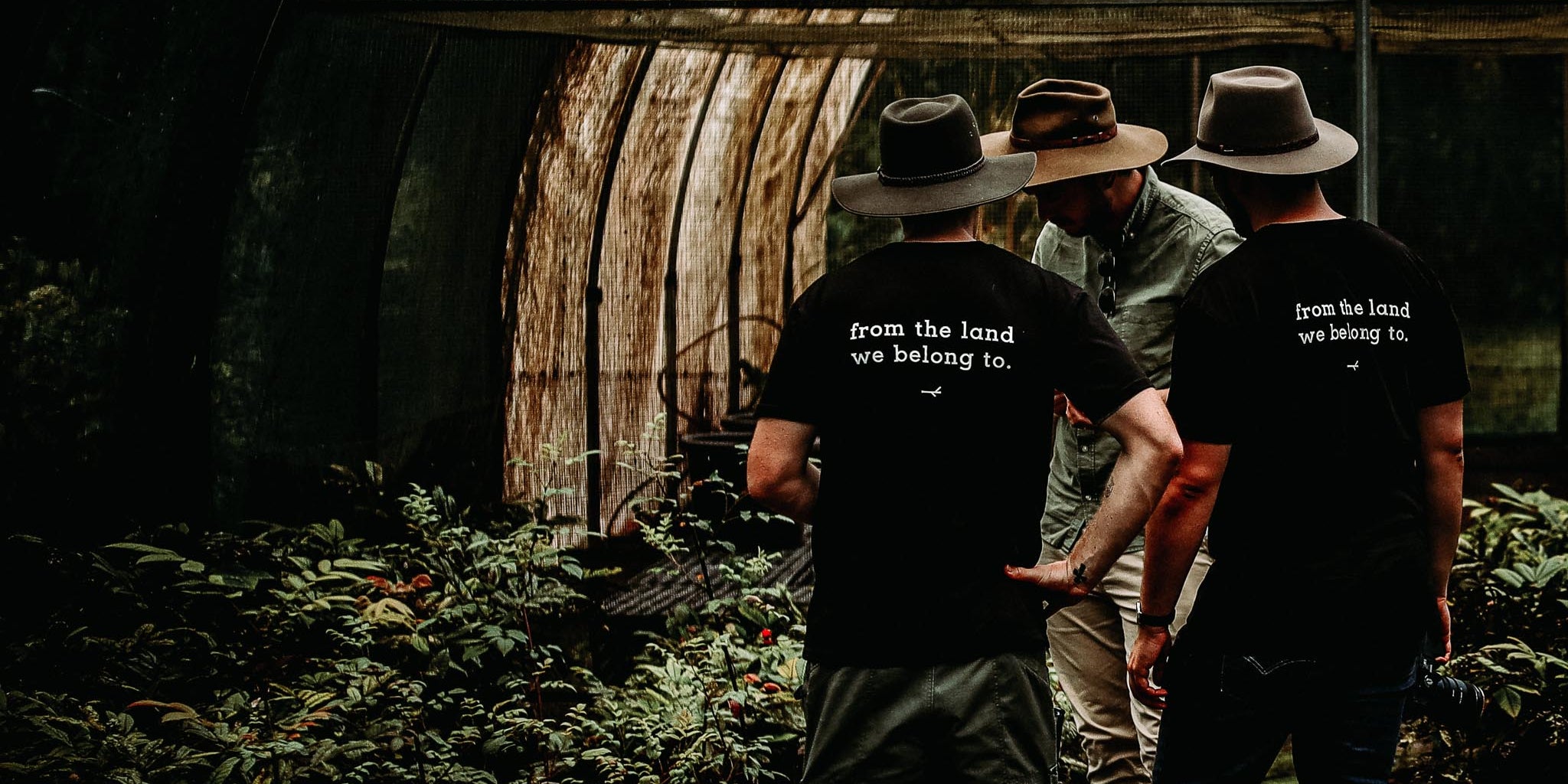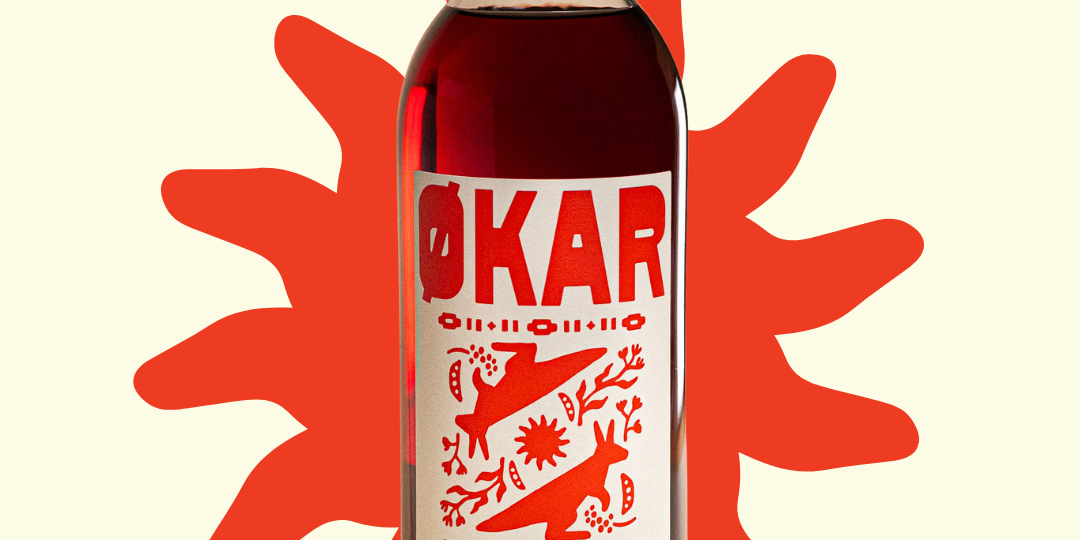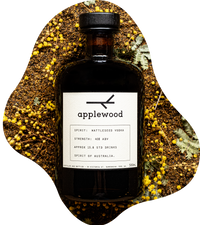Best known for its beautiful flowers, waxflower is by far one of our favourite botanicals to distill at Applewood, and the back end of Winter heralds the start of the blossoming season for this incredible native shrub.
Also known as Gerladton waxflower or Geraldton wax* is an incredible substitute for lemongrass, makrut lime and Tahitian lime in most recipes and cocktails.
Although waxflower is a phenomenal culinary shrub, most of it's commercial plantings are solely for the purpose of florestry, so unlike other native Australian ingredients you will be able to source waxflower year round. However, harvesting waxflower for culinary use is best at this time of year, while the plant floods its stems with sugars to attract would-be pollinators.

You can always pop a litlte waxflower in your favourite spirit for a phenomenal infusion!
Waxflower is readily available at most Bunnings also at your local nursery. It's a phenomenal shrub, especially for gardens with lots of open sun and requires very little maintenance to flourish - you just need to protect it from the cold. Follow the short care guide below to cultivate your very own waxflower shrub.
Choosing the Right Location
Waxflower thrives in full sun to partial shade. When selecting a spot for your plant, aim for a location that receives at least 6 hours of direct sunlight each day. However, if you live in a region with scorching summers, providing some afternoon shade can prevent the leaves from scorching.
Soil Preparation and Planting
Waxflower prefers well-draining soil with a slightly acidic to neutral pH (around 6.0-7.0). Before planting, amend the soil with organic matter, such as compost, to improve its drainage and fertility.
Watering and Moisture
Established Geraldton wax plants are relatively drought-tolerant. However, during the first few months after planting, it's crucial to keep the soil consistently moist. Water the plant deeply once a week, ensuring the water reaches the root zone. In hotter months, increase the frequency to twice a week.
Mulching and Weed Control
Apply a layer of organic mulch around the base of the plant, such as wood chips or straw. Mulch helps conserve soil moisture, suppress weed growth, and regulate soil temperature. Keep the mulch a few inches away from the plant's stem to prevent stem rot.
Pruning and Shaping
Geraldton wax responds well to pruning, which helps maintain a compact shape and encourages new growth. Prune the plant after flowering by removing spent blooms and cutting back any leggy or overgrown branches. Avoid severe pruning, as it may hinder future blooming.
Fertilizing Routine
Feed your Geraldton wax with a slow-release, balanced fertilizer formulated for flowering shrubs. Apply the fertilizer in early spring, following the package instructions for dosage and application method. Avoid excessive fertilization, as it can lead to excessive foliage growth at the expense of flowers.
If you’re just looking to grab some to try in cocktails or maybe a Tart au Citron (we highly recommend) you can always grab some dried waxflower or go to your local florist to grab fresh. Most bunches will cost between $10-$20, however a word of warning: the leaves are delicious and can be used in large amounts but the flowers can be toxic in large quantities.
If you’re wanting to unwind with a ready-made cocktail that showcases waxflower, then look no further than this Waxflower and White Choc G&T by our good friends at Byrdi.
*We no longer use the term Geraldton.wax or Geraldton waxflower as a name for this plant simply because the inference of the name suggests that it was discovered in Geraldton. We know this cannot be true because Indigenous Australians have known about this plant for tens of thousands of years.









